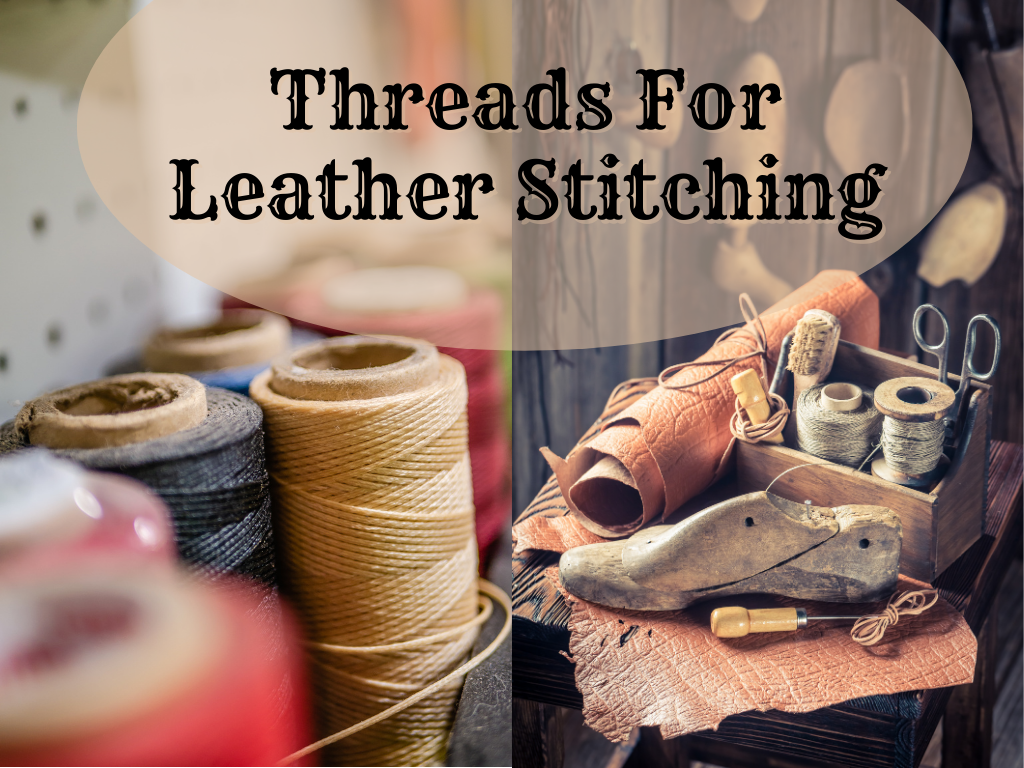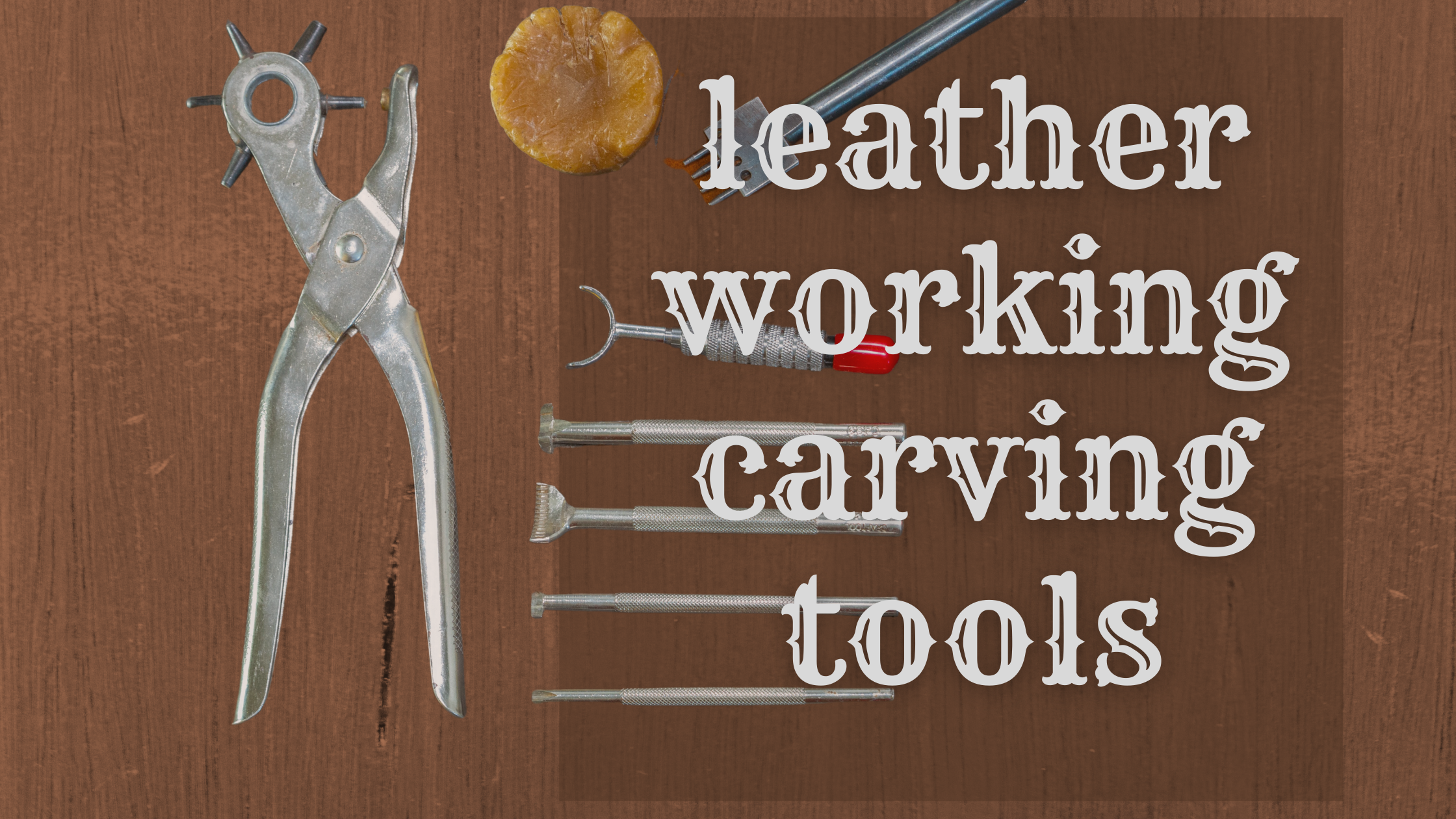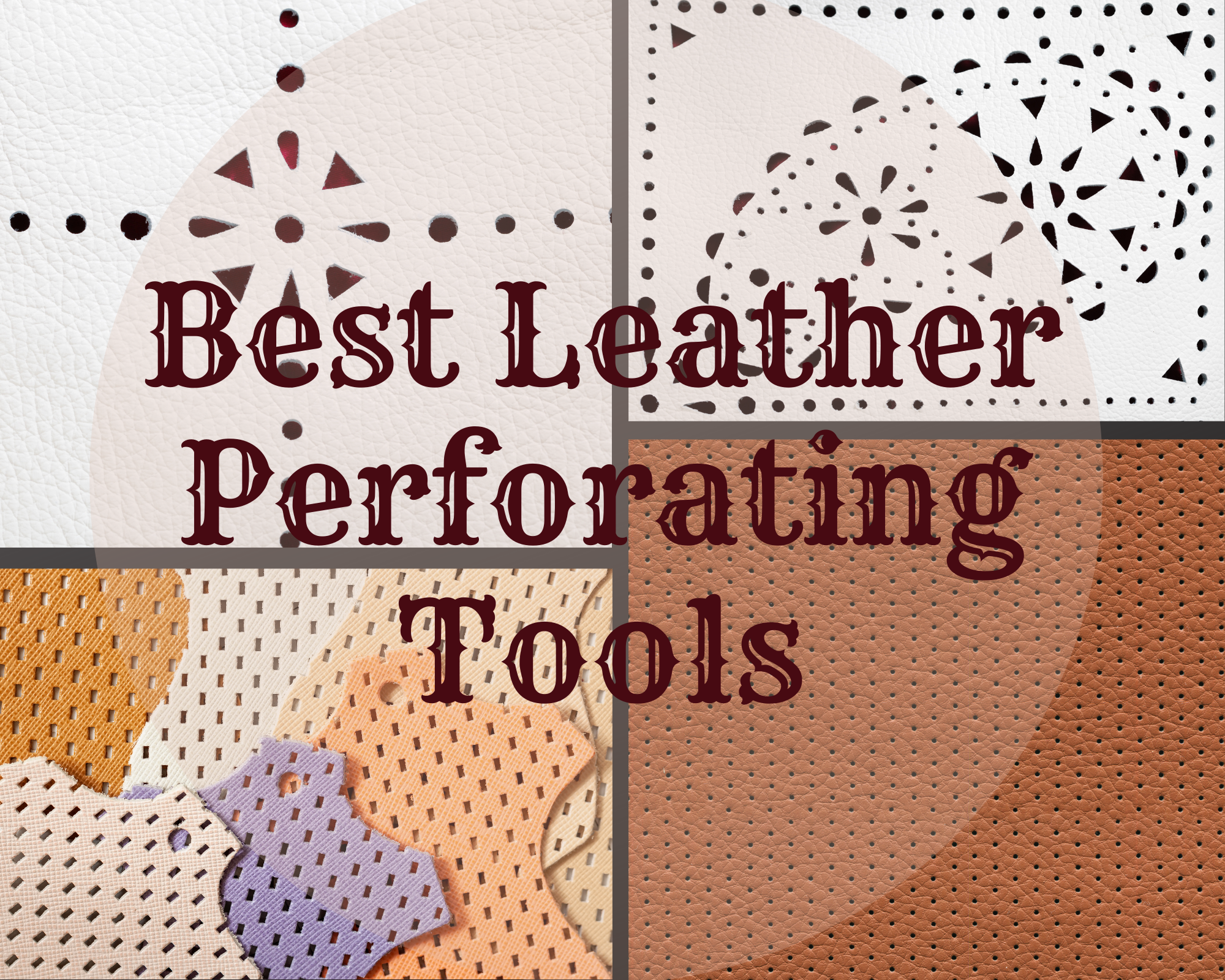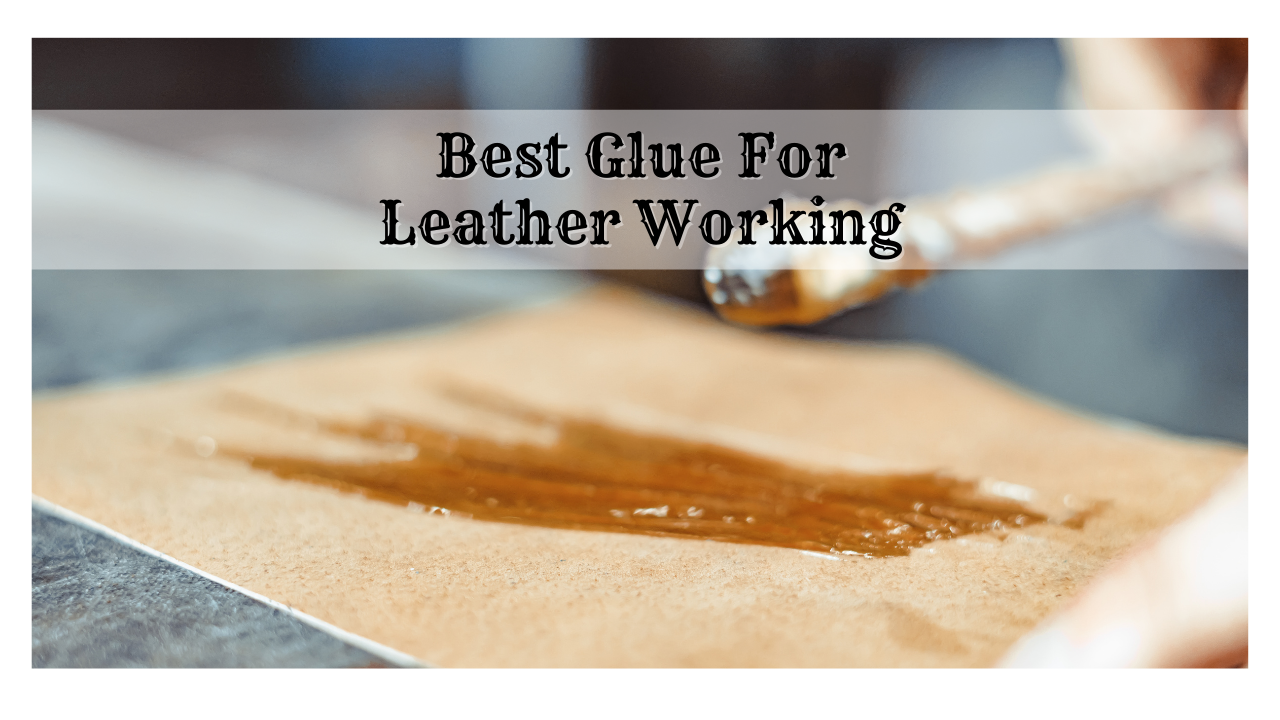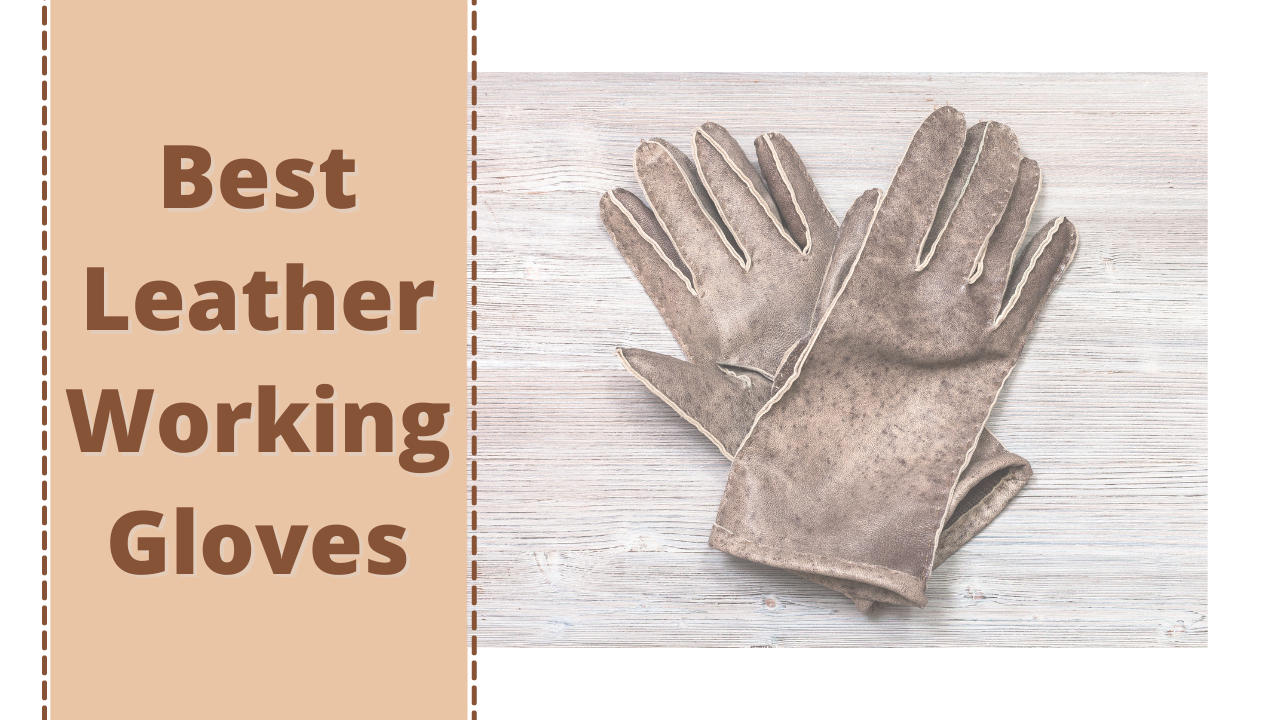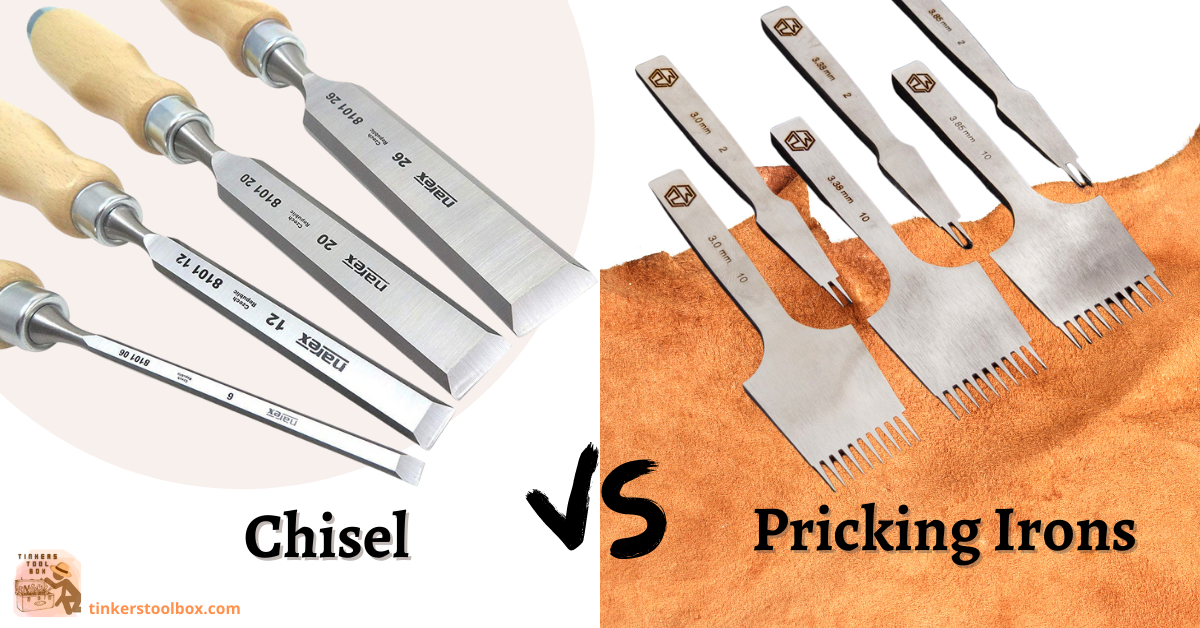In leathercrafting, it is not enough to bond your leather together. You must carefully stitch your leather together for a much stronger and permanent bond. Choosing the right thread can help you precisely craft masterfully made leather projects with the finest details. I’ll be introducing you to the best threads you can use for leather stitching.
What are the best threads for leather stitching? Polyester, Linen, Nylon, Cotton and Artificial Sinew Threads are the best threads for leather stitching. These threads offer robust tensile strength and are suited for leather projects of different types and sizes.
If you’ve previously made a leather project that had its stitches come off, there is a huge possibility that you chose the wrong thread. In this guide, I’ll be introducing you to the correct threads suited for crafting your leather projects and discuss what makes them as such. I’ll also introduce you to the advantages of using bonded thread for your leather projects.
Your Best Thread Choices For Leather Stitching
When stitching your leather, there isn’t one best type of thread to use. Threads have varying characteristics to suit the different needs of your chosen leather project. Threads also have varying prices if you’re operating within a limited budget. Although threads are not as expensive as the other tools needed for leatherworking, you could definitely benefit from not wasting your money on the incorrect thread type. Other thread types are also more suited for hand stitching than for use in sewing machines.
Most importantly, some threads are stronger than others. The goal of choosing the right thread is to suit the aesthetics of your leather project while also making them last as long as possible. The stitches, no matter how finely they are made, could break down if you choose the wrong type of thread.
Polyester Thread
A polyester thread is made out of synthetic materials. It undergoes multiple processes of refinement before it is made available on the market. Having a synthetic composition means that polyester thread will not rot or deteriorate over time. Polyester thread, due to its high flexibility and strength, can withstand the speed of sewing machines but can also be ideal for hand stitching leather.
This thread type is also suited for leather projects that can be frequently exposed outdoors. It can repel moisture better than other thread types like cotton and linen. It is chemical resistant and has a high melting point of 260 degrees celsius. You wouldn’t have to worry about your polyester stitches when walking under the sun.
Linen Thread
Linen strength is one of the most popular threads for stitching. It is easy to find and readily available almost everywhere. It has average strength and requires prior waxing to make your stitching easier. Linen thread is more ideal in hand stitching as it can be unfit to withstand the speeds of sewing machines. Like polyester thread, it is also resistant to heat and strong sources of light.
If you’re working on smaller projects like wallets, watch straps, or a leather coin purse, then linen thread would be the right type to go for. Fine and detailed stitches could easily be attained with linen thread.
Nylon Thread
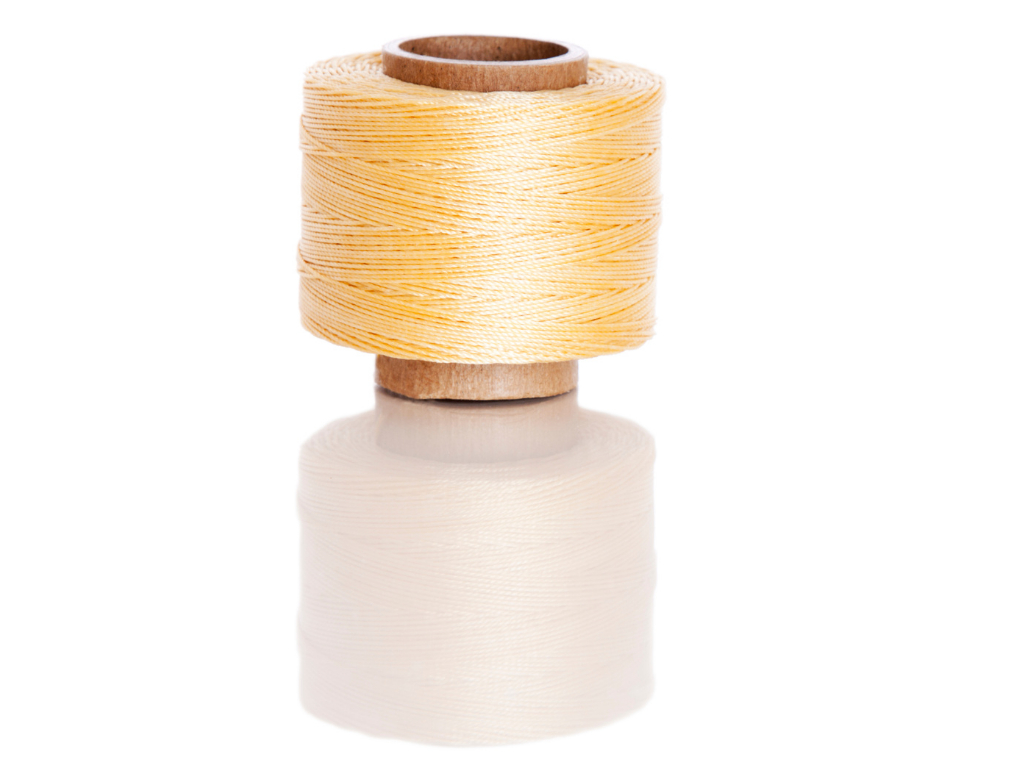
Nylon thread, similar to polyester thread, has a synthetic composition. It is one of the cheapest available threads on the market but offers robust strength. Due to its smooth and glossy finish, it requires no further waxing to prevent it from rubbing against your leather.
Due to its heavy-duty purposes, nylon thread is commonly used for commercially available products. It is commonly found in upholstery such as in automobiles and furniture. It has a high strength to size ratio while boasting superior elasticity and high tensile strength.
On the other hand, nylon thread is not recommended for outdoor use. Unlike linen and polyester threads, it is not capable of withstanding high temperatures. Be sure to limit your use of nylon thread to indoor purposes only such as leather home furniture.
Artificial Sinew Thread
Source: Walmart
Artificial sinew thread, also known as fake sinew or imitation sinew, is a combination of different man-made fibers. These fibers are polypropylene, polyester, and nylon. When it comes to strength, artificial sinew is quite strong with a tensile strength of up to 50 pounds. It also comes pre-waxed so you wouldn’t have to worry about your thread scratching or tearing your leather apart while stitching.
Artificial sinew thread could also be cut if you want to work with thinner strips of thread on your leather project.
Polyester-Linen Thread
Source: www.thethreadexchange.com
Polyester-linen thread, as suggested by its name, is a combination of both polyester and linen. It is a naturally blended linen from both flax fibers and modern synthetic polyester. This thread type has a stiff texture with a satin finish. Aside from these characteristics, due to its synthetic composition, polyester-linen thread is also resistant to decomposition.
The Right Thread For Leather Stitching
When choosing among the options that I have given you, consider the different factors that could affect your leather project. Not all of these threads are suitable for any weight of leather. Some of these, like polyester and nylon, are more fit to handle tougher leather projects. There is also a formula for finding the correct length for your chosen thread that you will use on your leather project. Thread durability must always come first before any other factor.
The thickness of your thread should also match the size of your leather. The bigger a leather project is, the thicker your thread should be. All the threads that I have mentioned have wide ranges of sizes to choose from. Thread size could either make or break the aesthetics of your leather project. Using a thread that is too thin could simply break the purpose of stitching your leather.
For aesthetic purposes, remember to also match the color of your leather project with a thread that would complement its color. For example, an oak-colored leather project should have stitches in the color of light or dark brown. The color of your thread should still be a bit similar but must be in a different shade, whether it may be darker or lighter. For black leather projects, it is best to use black thread to keep a consistent classy all-black look. The golden rule in thread color should be simple; the stitches must not stand out in your project but rather complement its overall look.
Bonded Thread: Wonders For Leather Stitching
If you’ve read about threads for leather stitching before, you’ve probably read the word bonded a few hundred times now. Threads are usually sold in bonded styles. Before you head on to purchase a bonded thread, I’ll be teaching you a few things about them and why you should consider getting it. I’ll also give you a brief comparison between bonded and non-bonded thread.
Bonded Thread
Source: www.servicethread.com
Bonded thread has a 2-4 ply construction. This means that instead of having just one strand of thread, a bonded one is processed and composed of multiple strands. It is also coated with polymer and resin for a stronger structure. The resin serves as the glue that keeps the multiple strands together. The main purpose of bonded thread is to allow your thread to adapt to whatever friction there may be while stitching your leather.
It is ideal to go for bonded thread if you do not want the burden of waxing your thread prior to stitching and having more confidence in the strength of your thread.
Non-Bonded Thread
Non-bonded thread has a softer texture than bonded thread. They are minimally processed compared to bonded thread. Their ends are conditioned and heated in order to prevent them from opening up when used for stitching. Its main advantage over bonded thread is its lower cost. However, non-bonded thread does not have the lubrication and the capability to withstand the high-tension projects as much as bonded thread does.
Beeswax: All For Threads And Leather
Waxing your thread and even your leather has its benefits. With your leather, beeswax can help repel dust and water while keeping the texture of your leather consistent. You can apply beeswax to your leather by grabbing a small piece of cloth and rub in a circular motion until you have finished waxing every part of your leather. Beeswax can also be used to condition the edges of your leather and protect it from scratches that can be caused by friction.
If you want to wax your thread, simply pull your thread across your beeswax to coat and ready it for easier stitching and less resistance. As a leatherworker, you’re most likely using chisels and punch heads a lot in your leather projects. You could also apply beeswax on these tools by simply poking them into your beeswax. By doing so, you’re guaranteed easier sliding into your leather without exerting too much force that could crease your leather surface.
Conclusion
Choosing the right thread is just as crucial as learning how to saddle stitch or choosing the correct leather adhesive for your project. As you practice by creating more leather projects with intricate stitchings, you’ll be able to master the ability to choose the right thread suited for the job. Be sure to explore all the thread options mentioned to not limit yourself to just one thread type.
